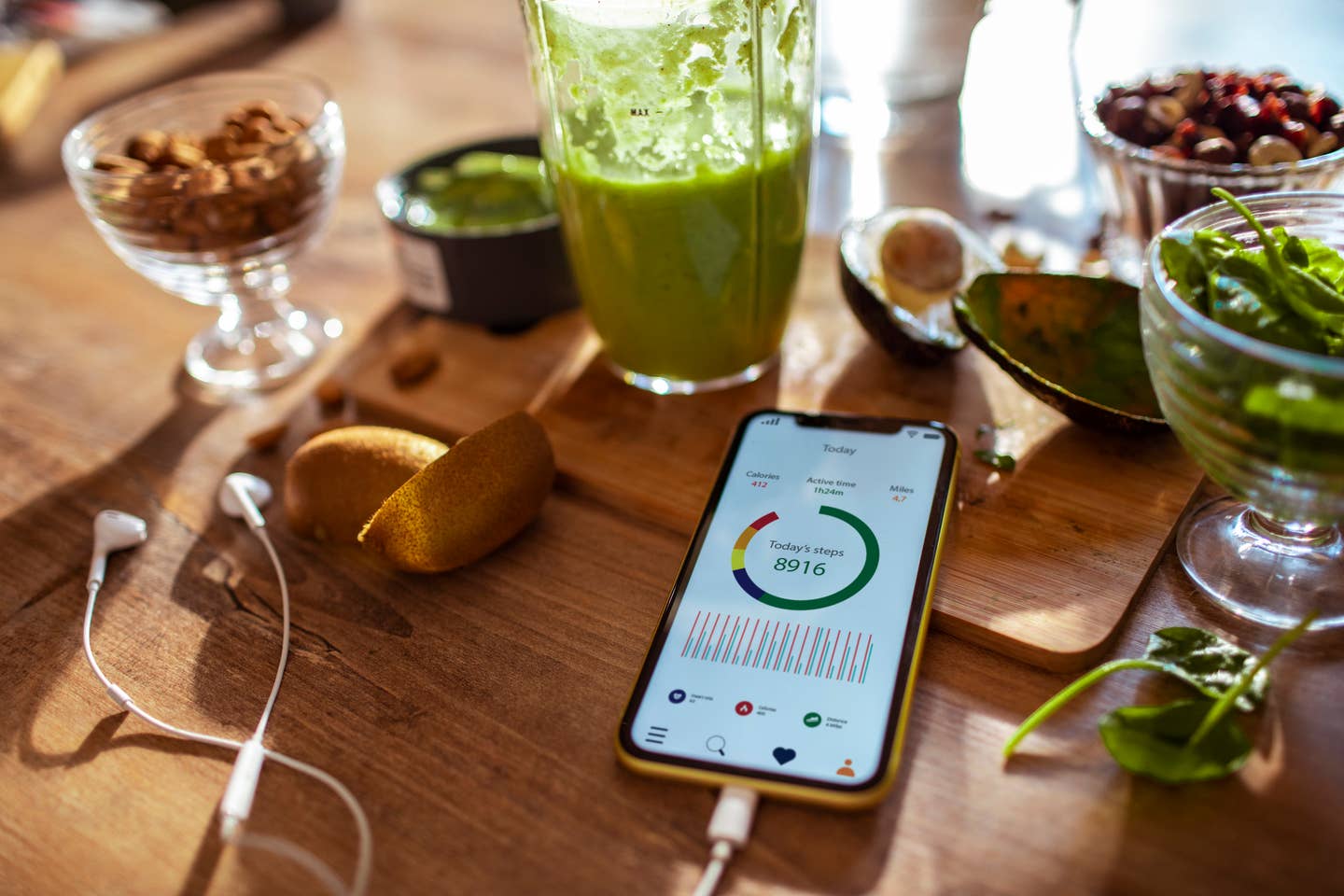
What is a Calorie Deficit and Should You Try it For Weight Loss?
Calories get a bad rap. In essence, they are the way to measure your body's energy source, a simple unit for the fuel that keeps us driving and thriving, derived from the food and drink we consume. Each of us requires different amounts of energy, depending on our age, daily activity level, body composition, innate metabolism, and even our stress levels (we burn more when under the gun).
When it comes to weight loss, calories are only one of the important things to focus on – getting the most nutrients for your calories matters, to fuel a healthy body. Still, in the laws of thermodynamics, no matter what type of diet you follow (plant-based, keto, vegan, or paleo) if you take in more calories than you burn or need in the next short interval, that extra fuel will be stored as fat. The opposite is also true: Eat fewer calories than you need and you go into what's called a calorie deficit and your body will burn energy, first the stored energy in your muscles and liver, and then it will mobilize the stored fat for fuel. Here’s how to implement a calorie deficit and do it the healthy way to lose weight and keep it off.
What is a calorie deficit? Is it a safe way to lose weight healthily?
A calorie deficit is consuming fewer calories than your body needs each day. This is referred to as your basal metabolic rate (BMR), which is essentially how many calories your body requires to keep the body functioning in a resting state.
The National Health Service states that a safe rate of weight loss falls between 1 to 2 lbs each week. In order to achieve that, a calorie deficit of 500 to 1,000 calories each day is required since one pound of fat is equal to 3,500 calories.
To start losing weight, dip into the "shallow end" of the pool first, meaning only strive to create a small calorie deficit (no more than 500 calories) so as to not shock your body by drastically reducing calories or going into an extreme deficit, which can backfire since your body will think it's starving, to the point where it tries to hold onto whatever food you give it.
Eliminating 500 calories a day is doable through diet alone, but it is even easier, and healthier when combined with exercise. When we run or walk or bike or swim, our body utilizes additional energy to fuel our muscles. The CDC recommends getting at least 150 minutes of moderate-intense activity each week. Broken down that means about 30 minutes a day, five times a week. More intensity burns more calories and going longer does as well.
How to calculate your body's calorie needs
You can calculate your calorie needs (BMR) from a formula for both males and females. They are as follows:
- Male: 66 + (6.3 x body weight in lbs) + (12.9 x height in inches) - (6.8 x age in years)
- Female: 655 + (4.3 x weight in lbs) + (4.7 x height in inches) - (4.7 x age in years)
After calculating your BMR, you also have to include your activity levels. Take the number you calculated from the above formula and multiply it by the following numbers depending on how active you are:
- Sedentary (little to no exercise) = 1.2
- Minimal activity (1 to 3 days per week of exercise) = 1.375
- Moderate activity (3 to 5 days per week of moderate exercise) = 1.55
- Very active (6 to 7 days per week of intense exercise) = 1.725
- Extra active (athletes who are training multiple times per day) = 1.9
This is a good starting place to determine how many calories you need each day. Working with a registered dietitian is also helpful to get a more accurate estimate and to get assistance with the proper calorie deficit for weight loss.
The quality of your calories matters
Even if you aim to decrease your daily calories by more than 500 a day, remember that not all calories are created equal. A 500 calorie salad that contains lots of greens, vegetables, seeds, and grains will provide you with more nutrients than snacking on a large bag of chips or pretzels that are heavy in salt, refined flour, oils, and added preservatives. Consuming more whole foods like fruits and vegetables can help keep stress at bay, improve your sleep, and keep your gut microbiome healthy — which are other important aspects of weight loss that go beyond just creating a calorie deficit.
The 2020-2025 Dietary Guidelines for Americans suggest following a healthy eating pattern that consists of a mix of whole foods. Plant-based choices can replace conventional dairy:
- Vegetables, including starchy, dark green, red and cruciferous
- Fruits, especially whole fruits, berries, apples, and citrus
- Grains, with most coming from whole grains such as oats
- Protein, including lean meats, legumes, nuts, and soy foods
- Healthy oils, such as olive oil, avocado, nuts and seeds
- Plant-based milk and yogurts from cashew, almond, oats and macademia
Research has indicated that following a plant-based diet is helpful in improving body weight and fat mass. According to a 2018 study published in Nutrition & Diabetes, every decrease in animal protein and increase in plant protein helped to reduce fat mass by 1.45 and 0.88 kilograms respectively. The belief is that the amino acid composition of plant-based proteins is superior to that of animal proteins, and can help to not only reduce fat mass and body weight but also protect against metabolic diseases.
An extreme calorie deficit can negatively affect metabolism
Just like eating too many calories can lead to weight gain, not eating enough calories to fuel your body can also negatively affect your metabolism and have long-term effects on your ability to achieve healthy weight loss – not to mention your overall health. It can be tempting to try and speed up the process, but gradual and steady weight loss is the best option to keep it off long term.
According to a 2013 article, following a low-calorie diet can wind up decreasing how many calories your body burns by up to 23 percent. That means your body learns to survive on smaller amounts of calories by slowing down your metabolism, which can remain low even if you stop restricting your calories.
When calories are slashed too drastically, you’re also increasing your risk of health issues and a compromised immune system. This includes:
- Nutrient deficiencies
- Increased risk of gallstones
- Bone loss
- Reduced fertility
Some signs of not eating enough calories include:
- Frequently getting sick
- Halted weight loss
- Decreased mood
- Fatigue and lightheadedness
A good rule of thumb is to never go below the calories that your BMR calculation comes out to.
Bottom Line: A calorie deficit is a big part of weight loss, but it’s important to ensure that you’re not restricting calories too much and choosing nutrient-dense options.
There are safer ways to lose weight which don’t include being hungry or going into a calorie deficit. Read more about how to improve your health and wellness in our diet & weight loss section.
More From The Beet






